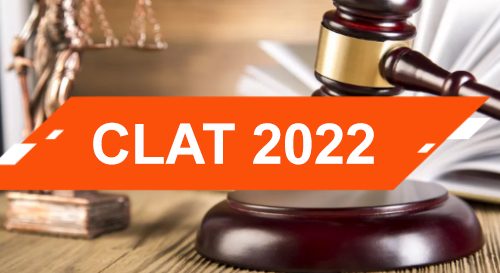CLAT PG
Common Law Admission Test Post Graduation LLM
In this section the CLAT programme LLM , it is basically divided into two parts multiple choice question and subjective questition . The MCQ parts contains 100 question equals to 1 mark each(100*1=100 marks) and the descriptive part contain 2 question carries 25 mark each(25*2 =50 marks)Candidate who secure 40% of marks(35% in case of SC ST &PWD) marks in objective section will qualify for the evaluation of their answer in the descriptive section. One has to achieve atleast 40% of marks in the first section that is the multiple choice so that they are eligible for the evaluation of the other section for example if you score 39% of marks then your subjective part will not be evaluated and you will fail the test. Therefore the MCQ part of the test is very important. From the last year i.e 2021 the pattern of the CLAT has been modifed that is now there is more emphasis on the reading part , the student appearing must have the reading knowledge really strong. Infact the question in the legal reasoning part will also be in the passage form and the question will be based on that passage.
The First part of CLAT PG covers the multiple choice question( 100 questions) whch includes the foundational knowledge of each law subjects i.e tax law business law IPC CPC CRPC labour law , heavy emphasis on constitutional law and good knowledge of administrative law and bare act of respective state law. The Second part of CLAT PG covers subjective question (25 marks each) . In this section you have to attempt only two essay type question on the topic of law and contemporary issue. Negative marking of 0.25 will be deducted for every wrong answer only in the MCQ section and there will be no negative marking in the subjective section.

Area to be covered for the preparation of CLAT PG -LLM entrance programme
⦁ Notes to the supreme court judgement
⦁ Some important current judgement published in the news paper(Maratha reservation)
⦁ Judgement in judgment
⦁ Any doctrines or theories discussed in the judgement
⦁ Meaning of the legal maxim used in the judgement
⦁ Create a map of judgement
⦁ skim through the judgement
⦁ Make your own notes from the legal research
